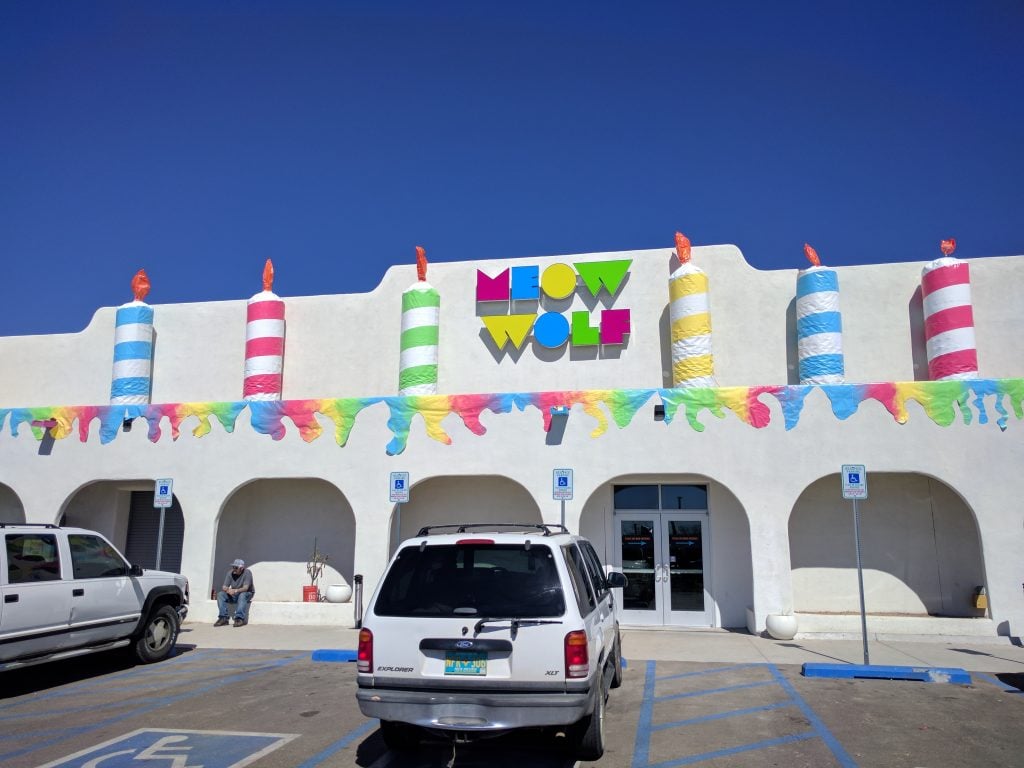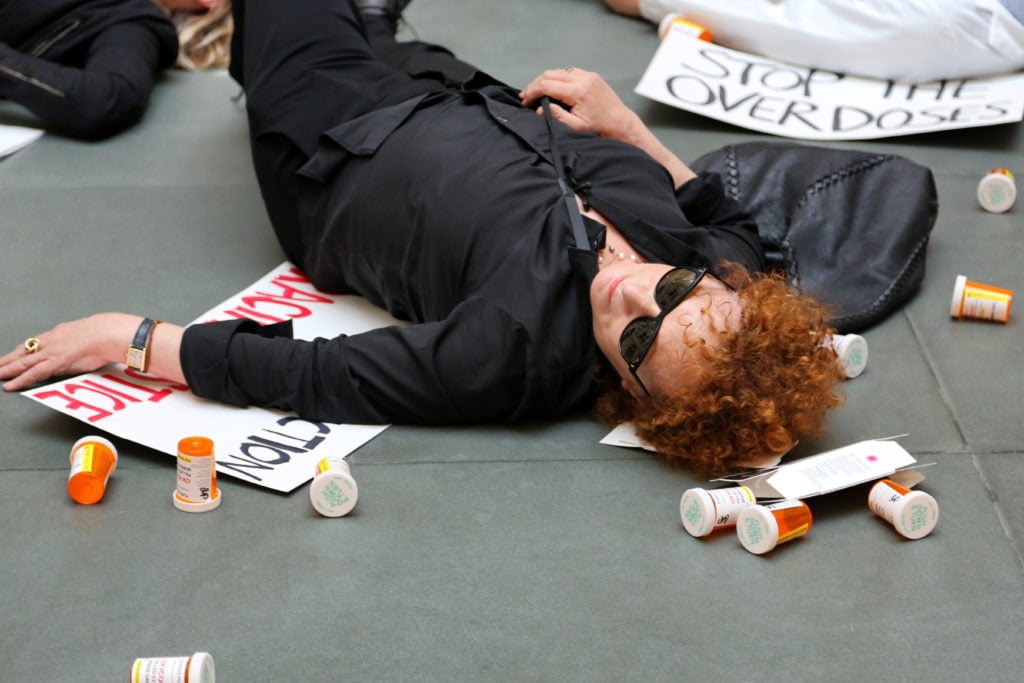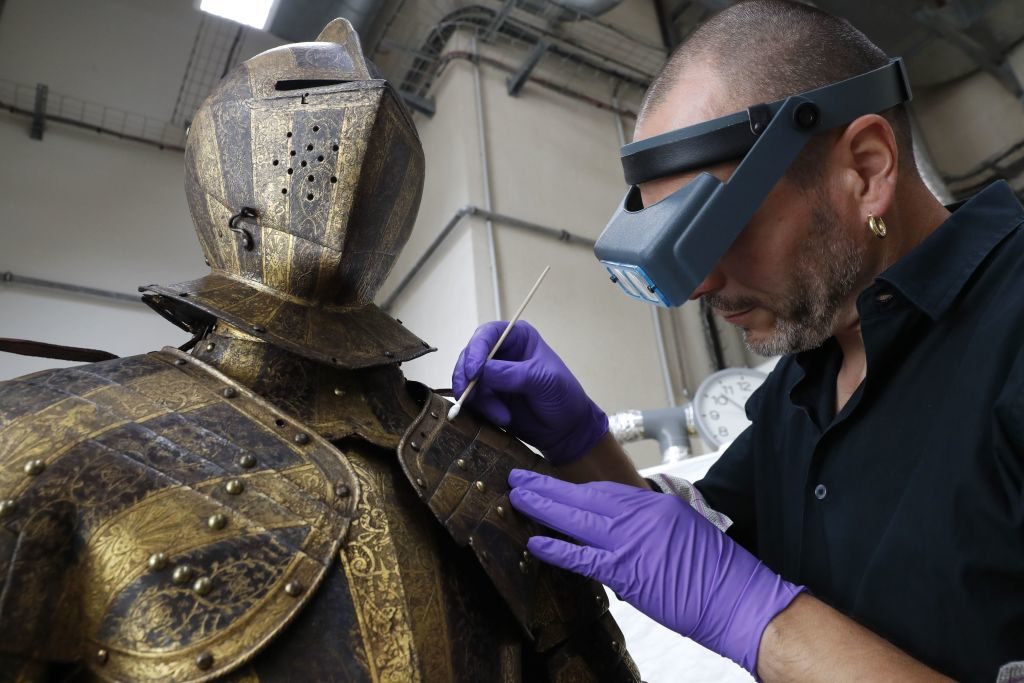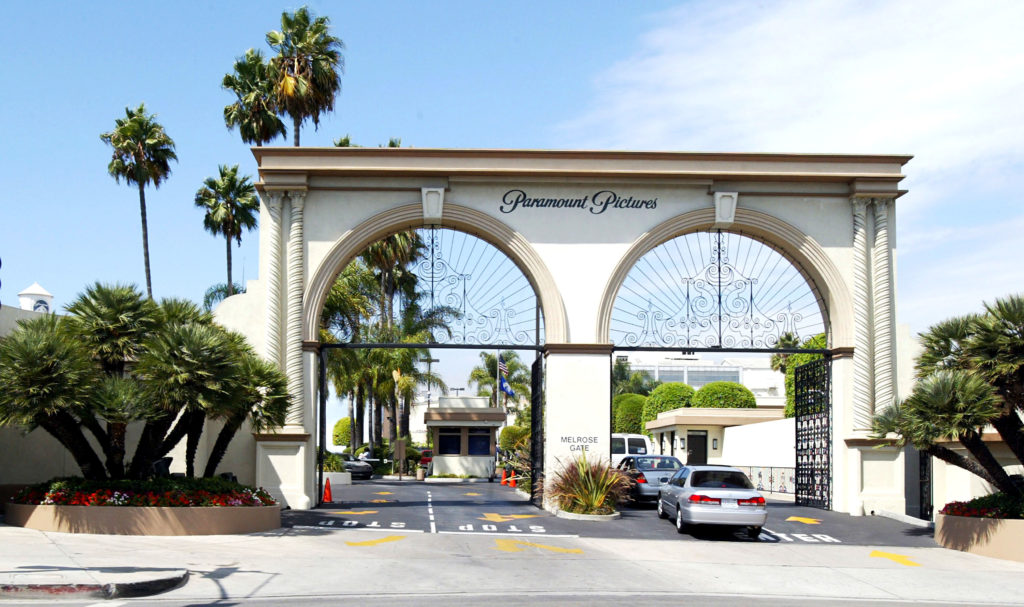Opinion
The Gray Market: How Meow Wolf Shows Artists Can Be as Gaga for Growth as Galleries (and Other Insights)
Our columnist on Meow Wolf's mega-gallery-like expansion, a short-circuited Nan Goldin sale, and money's vulnerability to virtue.

Our columnist on Meow Wolf's mega-gallery-like expansion, a short-circuited Nan Goldin sale, and money's vulnerability to virtue.

Tim Schneider

Every Monday morning, artnet News brings you The Gray Market. The column decodes important stories from the previous week—and offers unparalleled insight into the inner workings of the art industry in the process.
This week, stories that show “either/or” should sometimes be “yes/and”…
On Tuesday, Teya Vitu at the Santa Fe New Mexican reported that homegrown art-collective-turned-arts-and-entertainment group Meow Wolf will open its fourth immersive installation in Washington, DC, in 2022. The planned three-level, 75,000-square-foot extravaganza will follow the group’s previously announced and already-under-construction expansions to Las Vegas (due in 2019) and Denver (due in 2020).
As a reminder, Meow Wolf soared to fame, profitability, and influence via The House of Eternal Return, the 30,000-square-foot ticketed experience that compelled my colleague Ben Davis to coin the term Big Fun Art upon its opening two years ago. Along the way, what was once an art collective officially became a corporation—the kinder, gentler variety known as a B Corp, but a corporation nonetheless.
So far, its Big Fun Art has been a big fat success. Although Meow Wolf originally based The House of Eternal Return’s budget on luring 150,000 visitors annually, it welcomed 100,000 people in the first two months alone, per Davis. And in the time since, the place has stayed about as packed as a New Orleans drunk tank during Mardi Gras season.
CEO Vince Kabludek states in a recent documentary that Meow Wolf is now a $50 million operation, and its staff size has already risen to 400 people. For reference, that’s 150 more employees than Gagosian, the largest mega-gallery by personnel. The company also has ambitions to keep growing. Vitu quotes Meow Wolf’s vice president of communications, John Feins, saying, “There is no limit to how many more installations we want to do in the future.”

A magical forest inside Meow Wolf’s House of Eternal Return. Image by Ben Davis.
The comparison to Gagosian is telling. Plenty of galleries take serious heat for their fixation on growth, whether we’re talking about the number of locations they control, the sheer size of their spaces and staffs, or the mission creep of their programs. (To that last point, remember: The founders of Hauser & Wirth now have an empire that encompasses multiple galleries, a nonprofit research institute, a hotel, a restaurant, a gift shop, and a high-brow magazine.)
It’s easy for people to cast this evolution as a byproduct of some inherent greed harbored specifically by gallerists. In this caricature, soulless sellers are willing to exploit the transcendent principles of art to any extent necessary in order to make another buck. After all, they’re just salesmen, right?
But many, if not most, average people would expect a group of artists, no matter how large it grows, to function differently.
Meow Wolf’s expansion punctures that hot-air balloon. The company’s looming quartet of crowd-pleasing event spaces shows that it’s not just the traditional gallery model or salesmen without studio practices that are compelled to grow fast and furiously.
In a for-profit art system, creators face the same incentives as distributors. So even though Meow Wolf is selling an experience rather than a product—setting aside their gift shop, anyway—they’re still selling. And even if you remove a gallery relationship and a physical object from the equation, the operative word in sales is always “more.”

Nan Goldin staging a ‘die-in’ at the Harvard Art Museums in 2018. Photo: TW Collins.
On Monday, Clemens Bomsdorf of The Art Newspaper relayed a dispute between a major international gallery and a regional auction house that illustrates some of the limits of art-market data. At issue was an edition of Nan Goldin’s Self-portrait on the Train, Germany, estimated to sell for €4,200 to €5,300 ($4,750 to $5,995) at Norway’s Blomqvist. But the work never reached the auction block, as the house agreed to withdraw it “only days before the sale” at the request of Marian Goodman Gallery, Goldin’s worldwide representative.
The question, though, is what sparked Goodman to get involved when it did. When asked, the gallery offered only the following statement: “The work in question had condition problems so we alerted the auction house that it was not in a fit state to be sold.” A specialist from the auction house declined to comment.
However, a source described by TAN as “a representative of the vendor” blamed the dispute on the work’s estimate, not its condition. Bomsdorf used slightly different examples to frame the issue, but Blomqvist’s edition of Self-portrait on the Train, Germany carried the lowest estimate on record for the work in the artnet Price Database, while two previous editions sold for about quadruple its Norwegian valuation in the past 20 years.
Not to siphon the fun out of this story, but the reality is that both possible causes for the piece’s withdrawal can—and in fact, should—be true at the same time. If an auction house is being responsible, any work in questionable condition should get tagged with a lower estimate than a pristine one. And any gallery interested in protecting its artist should try to prevent a work in questionable condition from being offered at auction.

A conservator at the Centre of Research and Restoration of the Museums of France restores the armor of Francois de Montmorency in Paris on June 28. PATRICK KOVARIK/AFP/Getty Images
The reason for the latter is simple: Condition is usually forgotten when reviewing auction results online, especially months or years after a sale. Once the physical artworks have been reduced to data points, people tend to just assume that every one of them was pristine, or at least close to it. After all, Sotheby’s is the only one of the Big Three houses that currently gives users the option to read a condition report for a sold work, and the artnet Price Database lacks any condition info because my colleagues there can only record what the houses can quantify and confirm.
But having reviewed plenty of lots-to-be-offered at regional auction houses during my gallery days, I can tell you how dangerous it is to assume any work reaching the block is in good shape. Nothing puts the fear of god in you faster than seeing a condition report noting only “minor issues” with a piece that, when you arrive on site, looks like someone used it as a shield in a Renaissance Fair joust. Suffice it to say that smaller sellers have as much, or more, incentive to offer dubious works by sterling artists as to offer sterling works by dubious artists.
As much as traders would sometimes like to believe it, then, two editions of the same Nan Goldin photograph are not automatically the same—not in the way that two shares of Amazon stock are. The physical objects still matter. And we would do well to keep that context in mind when we see high variance in auction pricing for ostensibly similar pieces.

Frieze Los Angeles’s venue at Paramount Studios. Photo: Frazer Harrison/Getty Images.
Finally this week, on Wednesday, a source confirmed to Anny Shaw at The Art Newspaper that Endeavor, the entertainment-agency behemoth and majority shareholder in Frieze, is “in the process of” unwinding a $400 million equity stake sold to the Saudi government’s Public Investment Fund. The move comes in reaction to Saudi crown prince Mohammed Bin Salman’s connection to the killing of Washington Post journalist Jamal Khashoggi inside a Saudi consulate this fall.
Shortly after Khashoggi’s disappearance in October, the Hollywood Reporter broke the story that “paperwork [was] being drawn up” by Endeavor’s attorneys to reverse the deal. However, at that time, some doubt still seemed to exist as to whether the move signified that a final decision had been made, or merely that the agency was preparing itself in the event that conclusive evidence of foul play emerged. (Our own Kenny Schachter also noted in his column last week that the separation “still hasn’t been effectuated.”)
Shaw’s source implies that Endeavor’s mind is made up. If so, then as she notes, the question for the art world becomes whether, or how much, the loss in cash affects Frieze and its Los Angeles fair set to debut in mid-February. While Frieze has never confirmed the size of Endeavor’s stake, tax documents show the agency as the majority shareholder in Denmark Street Limited, the Frieze brand’s offshore parent company. (Frieze co-founders Amanda Sharp and Matthew Slotover retain direction of the company.)
But there’s something else significant happening here, too—and I’m not just saying that because I’m incapable of answering the question in the previous paragraph.
It’s clear that many people in the arts now expect leading nonprofit institutions to deny money and influence from problematic would-be patrons. Arguably the biggest arts story this month has been the scandal surrounding the Whitney’s ties to Warren Kanders, vice chair of the museum’s board and owner of Safariland, the defense manufacturer that supplied the tear gas used against migrants who attempted to cross the Tijuana-California border in late November.
Closer to Khashoggi’s disappearance, both the Met and the Brooklyn Museum also rejected proposed Saudi funding for various Arab art initiatives. And the same week, we learned that London’s National Gallery chose not to renew a 12-year, much-criticized partnership with oil giant Shell months earlier.
But neither Endeavor nor Frieze is a nonprofit institution. Rather than perpetuating a myth that for-profit businesses are exempt from similar pressures, then, the move shows that even some commercial players with a stake in the arts think public perception has made unscrupulous funding radioactive. And that is a development very much worth watching as we slide into 2019.
That’s all for this week. ‘Til next time, remember: We’re always making choices, but they’re not usually as simple as we’d like.